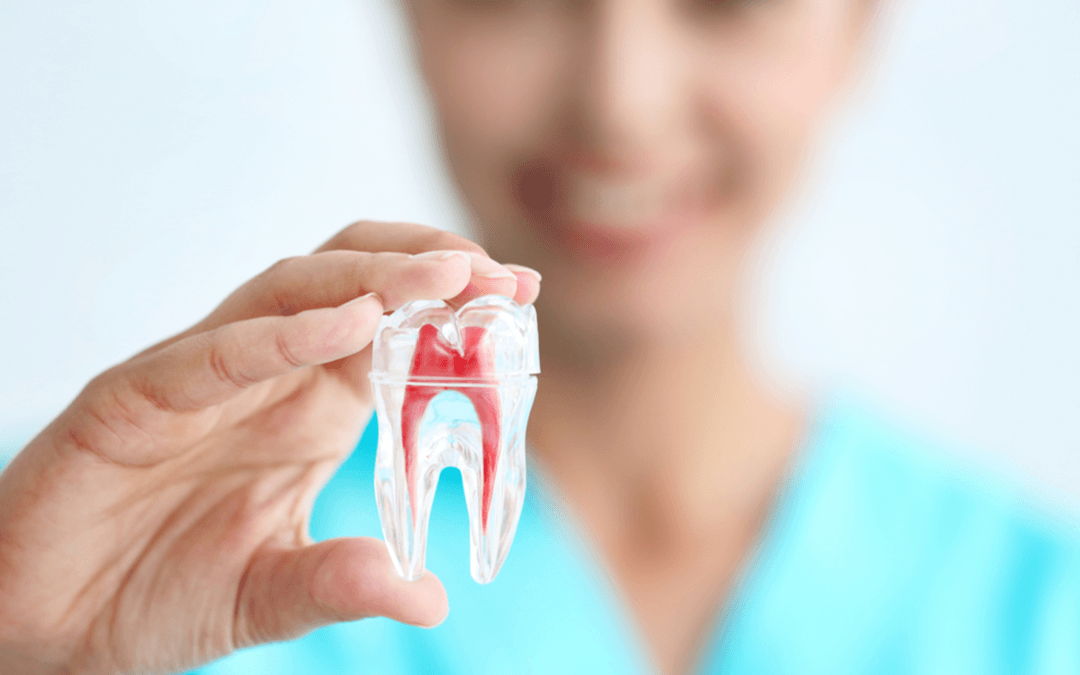Tooth extraction may seem daunting and overwhelming, but it is a fairly simple and common procedure for adults. Even though adult teeth are meant to be permanent, adults end up needing extractions for a variety of reasons, ranging from tooth decay to crowded teeth. At Eagle Creek Dental, we provide tooth extractions in Burnaby to protect your oral health and alleviate painful symptoms.
How Are Tooth Extractions Performed?
When you visit a dentist near you for tooth extraction, the process will begin with your dentist administering a local anesthetic to ensure that you do not feel any pain during your procedure. If the tooth they are removing is above the gum line, they will use an elevator tool to rock the tooth forward and backward until it is loose enough to gently lift out of the socket. If the tooth is underneath the gum line, such as a wisdom tooth or broken tooth, your dentist will make a small incision in your gum line to access and remove the tooth before disinfecting the area and suturing it closed.
Recovering from a Tooth Extraction
Although aftercare may be different depending on the kind of tooth extraction that you end up getting, most individuals heal properly within seven to ten days. When you get a tooth extraction, the first sign of healing is when a blood clot forms at the extraction site. It is vital that you do what you can to keep this blood clot in place. Dislodging this clot can lead to a painful condition called dry socket, which can set back your healing exponentially.
Here are some things you can do to speed up your recovery process after getting tooth extractions near you:
- Take all the antibiotics and painkillers prescribed by your dentist as directed.
- Keep the gauze pad placed in your mouth after your procedure in place for about three to four hours.
- Apply a cold compress to the affected area immediately following your procedure, for ten-minute intervals at a time.
- Ensure that you avoid strenuous activity and get lots of rest for the first 24 hours after your operation.
- Avoid smoking and alcohol.
- Continue to maintain excellent oral hygiene by brushing and flossing daily, but avoid aggravating the extraction site.
- Keep your head elevated when sleeping to encourage healing and keep swelling to a minimum.
What Foods Can You Eat After an Extraction?
Your dentist in Burnaby will want you to avoid hard and chewy foods and stick to a soft food diet for the first while after getting a tooth extraction. Some foods that you can enjoy while healing include:
- Ice cream
- Yogurt
- Soft cheeses
- Applesauce
- Pudding
- Soup
You can also add smoothies to your diet, but make sure you eat them with a spoon, as using a straw is a surefire way to dislodge the blood clot and get a dry socket. As your extraction site heals, you will slowly be able to transition back to your regular diet.
The Bottom Line
After healing for about one to two weeks, you will most likely be able to go back to your regular activities and diet. New gum tissue and bone will grow over the extraction site. It is important to speak to your dentist about tooth replacement options after healing, as leaving a gap in your smile can lead to tooth misalignment.


